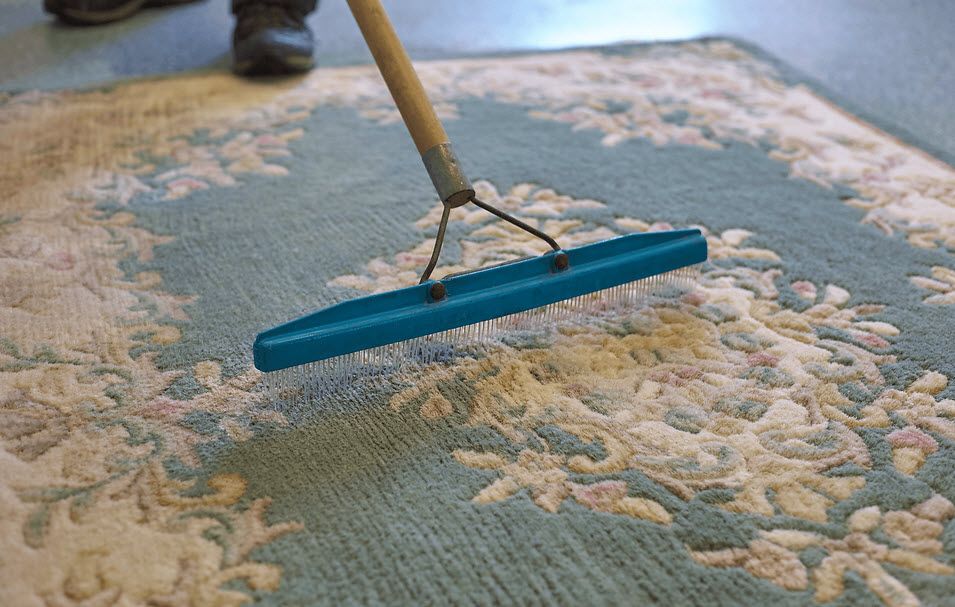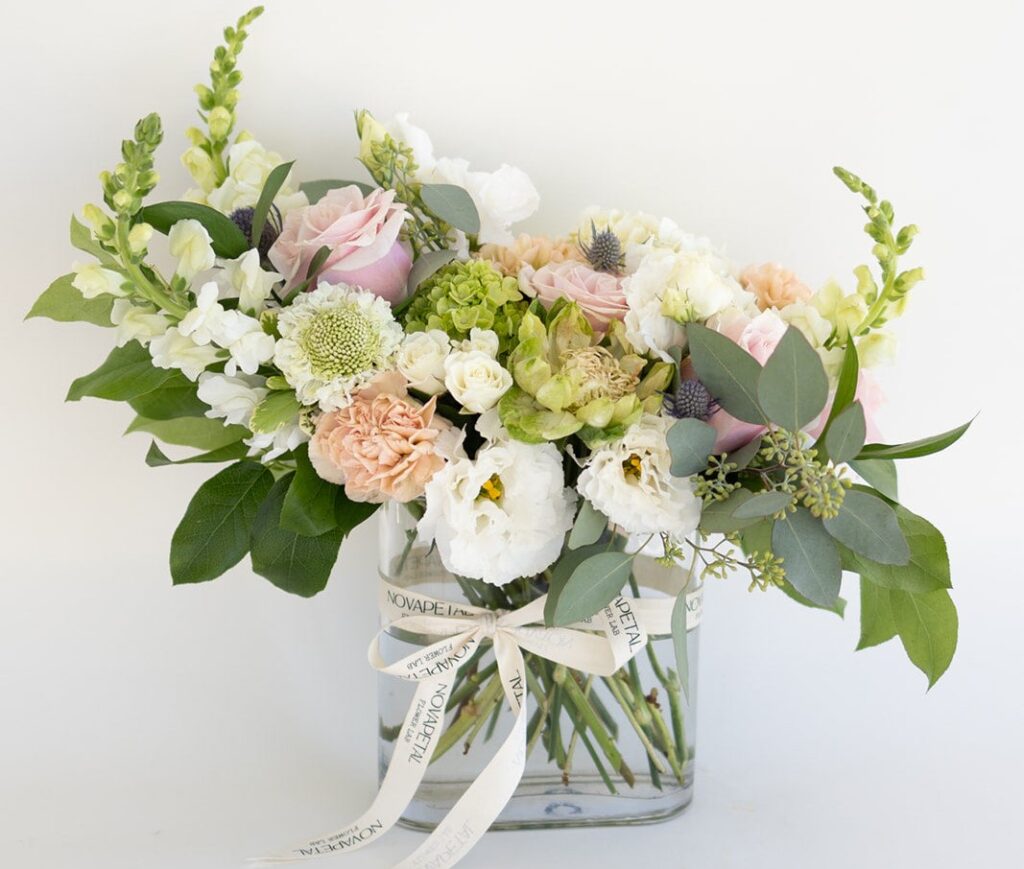There is no denying the fact that rugs are very valuable. These are amazing things that can make your house look beautiful. Therefore, taking care of them is very important. Proper storage after getting them cleaned with best rug cleaning San francisco is crucial to maintain their quality and appearance.
If not stored properly, it can lead to damage. This blog post will help you by giving you the best practices for storing cleaned rugs. So let’s not waste anymore time and jump right into it!
1. Clean Thoroughly Before Storage
The first and most important step before storing any rug is to ensure it is thoroughly cleaned. Dirt, debris, and stains left on a rug can attract pests and cause deterioration over time. Here’s how to clean your rug properly:
– Vacuum: Start by vacuuming both sides of the rug to remove loose dirt and dust.
– Spot Clean: Address any stains using appropriate cleaning solutions. For natural fiber rugs, use mild soap and water. Synthetic rugs may require specific cleaning agents.
– Deep Clean: Depending on therug’s cleaning material, you might need professional cleaning to remove deep-seated dirt and allergens. Ensure the rug is completely dry before storage to prevent mold and mildew.
2. Ensure the Rug is Completely Dry
Moisture is the enemy of stored rugs. Even a slightly damp rug can develop mold and mildew, causing irreversible damage. After cleaning, make sure your rug is completely dry:
– Air Dry: Lay the rug flat in a well-ventilated area, preferably outdoors, away from direct sunlight which can fade colors.
– Use Fans: If drying indoors, use fans to speed up the process and ensure thorough drying.
– Dehumidifiers: In humid climates, a dehumidifier can help remove excess moisture from the air and aid in the drying process.
3. Roll the Rug Properly
Rolling is the best way to store a rug, as folding can create creases that may become permanent over time. Follow these steps to roll your rug correctly:
– Use a Rug Tube: If possible, use a sturdy cardboard or PVC tube to roll the rug around. This provides support and prevents bending.
– Roll with the Pile Facing Outward: Rolling the rug with the pile facing outward helps reduce stress on the backing and fibers.
– Secure the Roll: Use cotton or muslin cloth strips to tie the rug securely. Avoid using plastic or synthetic materials which can trap moisture.
4. Choose the Right Storage Location
The storage environment plays a significant role in preserving the condition of your rug. Consider the following factors when choosing a storage location:
– Cool, Dry, and Dark: Store rugs in a cool, dry place away from direct sunlight and extreme temperatures. UV light can fade colors, and fluctuating temperatures can cause fibers to expand and contract.
– Elevated Off the Floor: Keep the rug off the floor to protect it from potential water damage. Use pallets or shelves to elevate the rug.
– Avoid Attics and Basements: These areas are often prone to extreme temperatures, humidity, and pests. If you must use these spaces, take additional precautions to protect your rug.
5. Protect Against Pests
Rugs are susceptible to damage from moths, carpet beetles, and other pests. Taking preventive measures can help protect your stored rugs:
– Use Mothballs or Cedar Chips: Place mothballs, cedar chips, or lavender sachets in the storage area to deter pests. Ensure they don’t come into direct contact with the rug.
– Rug Wrap: Wrap the rug in breathable cotton fabric or a specially designed rug wrap. Avoid plastic covers as they can trap moisture.
– Inspect Regularly: Periodically check the stored rug for any signs of pest activity or damage.
6. Label Your Rugs
If you are storing multiple rugs, it’s a good idea to label each one. Include information such as the size, material, and cleaning date. This helps you keep track of your rugs and makes it easier to retrieve the one you need without unrolling all of them.
7. Climate-Controlled Storage Options
For valuable or antique rugs, consider using a climate-controlled storage facility. These facilities maintain consistent temperature and humidity levels, providing an optimal environment for long-term rug storage. While this option might be more costly, it offers the best protection for your prized rugs.
8. Regular Maintenance Checks
Even with the best storage practices, it’s important to conduct regular maintenance checks on your stored rugs:
– Inspect Every Few Months: Unroll and inspect your rugs every few months to ensure they are free from damage, pests, and mold.
– Clean and Air Out: If the rug will be stored for an extended period, consider cleaning and airing it out at least once a year.
– Reapply Pest Deterrents: Refresh any pest deterrents you are using, such as cedar chips or mothballs.
Conclusion
Storing cleaned rugs properly is very important for the purpose of preserving them. By following these best practices, you can ensure your rugs remain in excellent condition.
we are going to understand how you can use vinegar for carpet cleaning through proper carpet cleaners Oakland.









